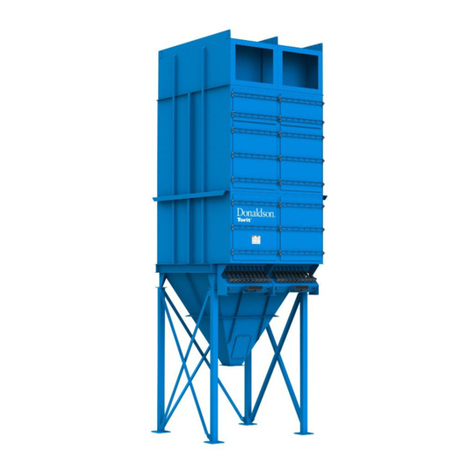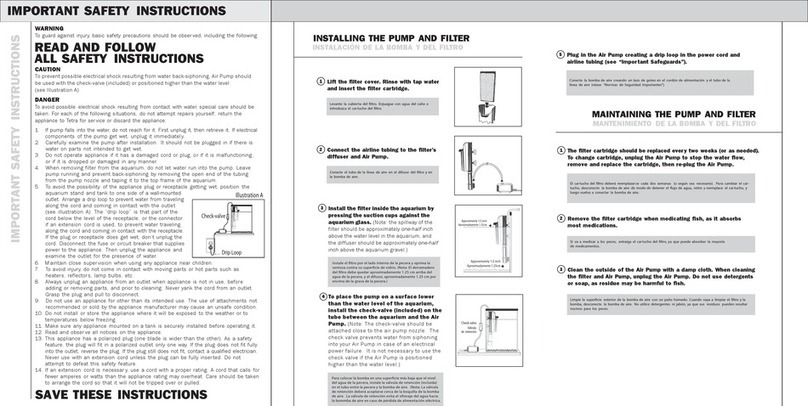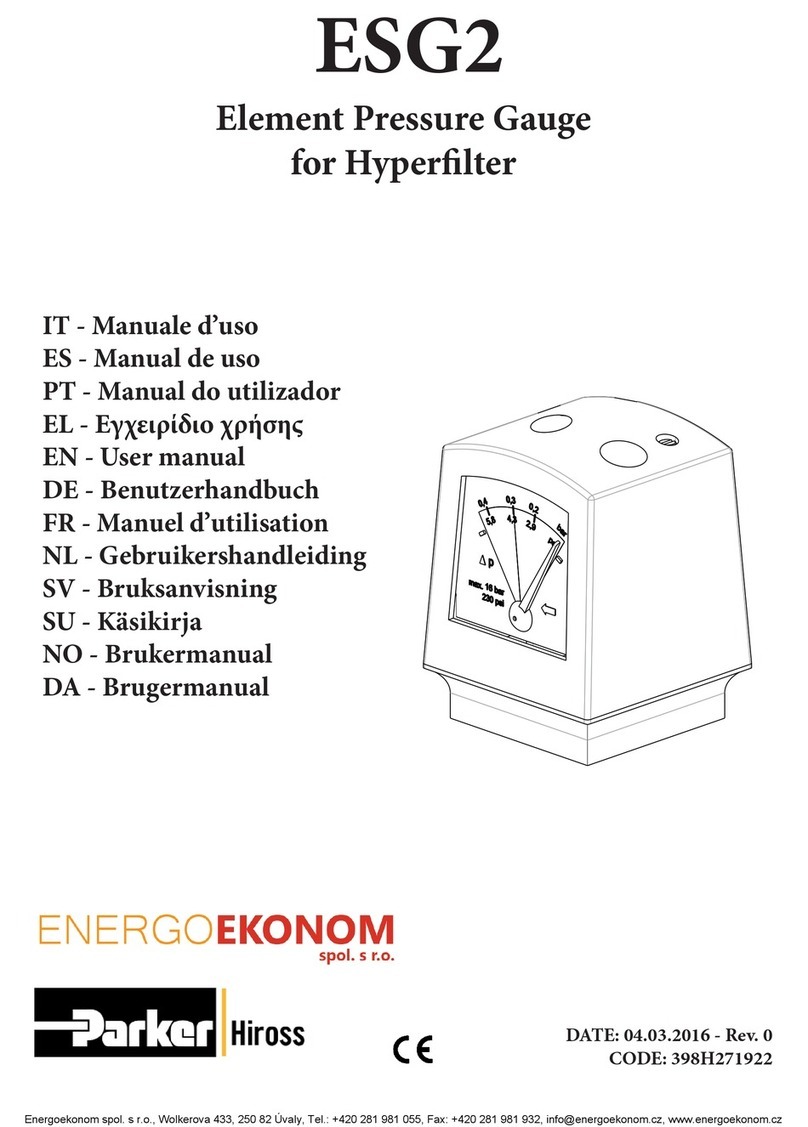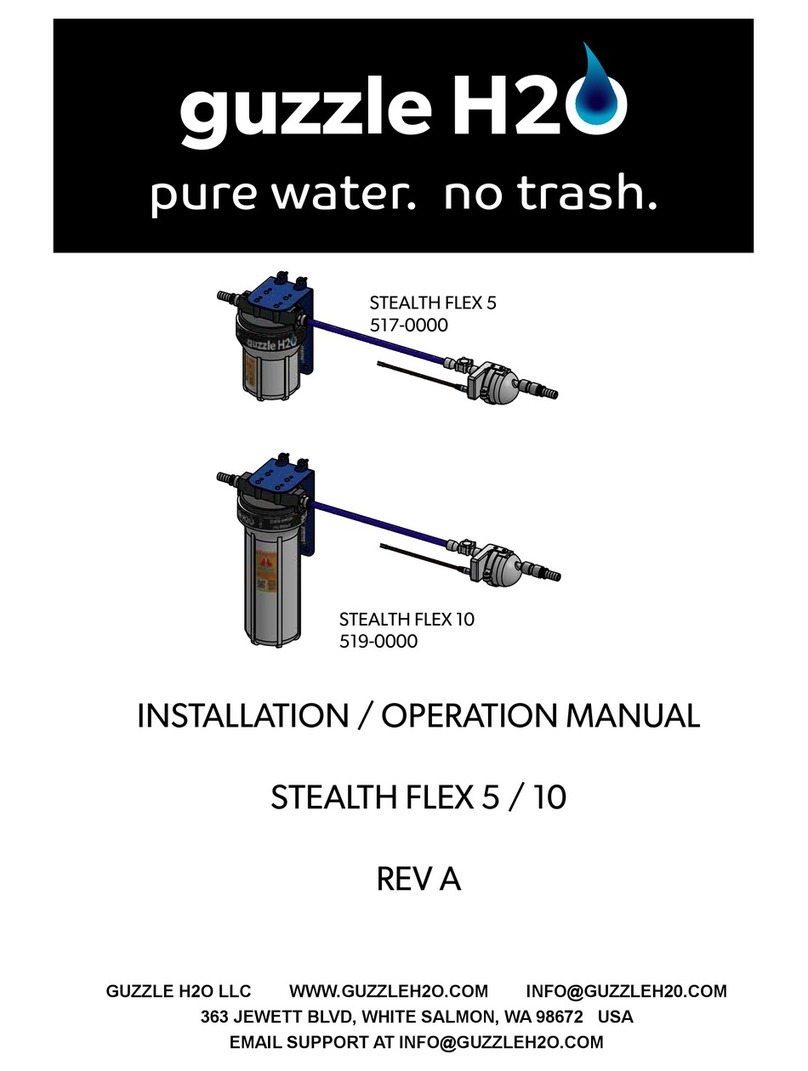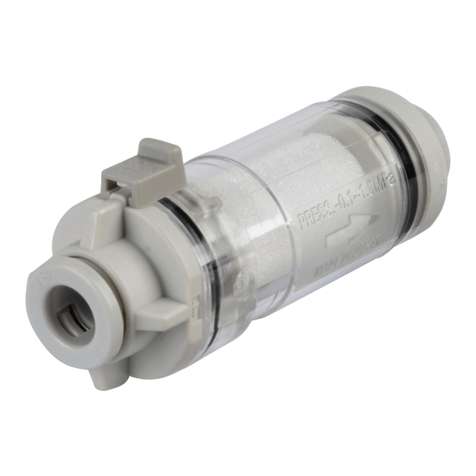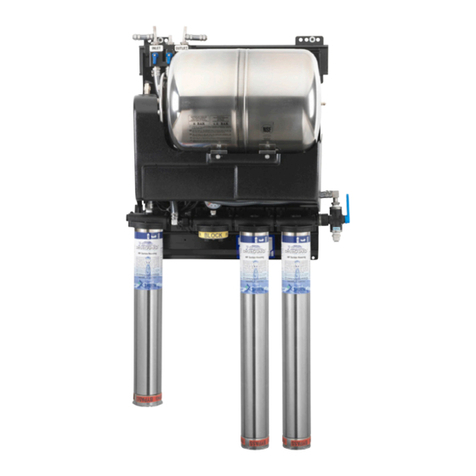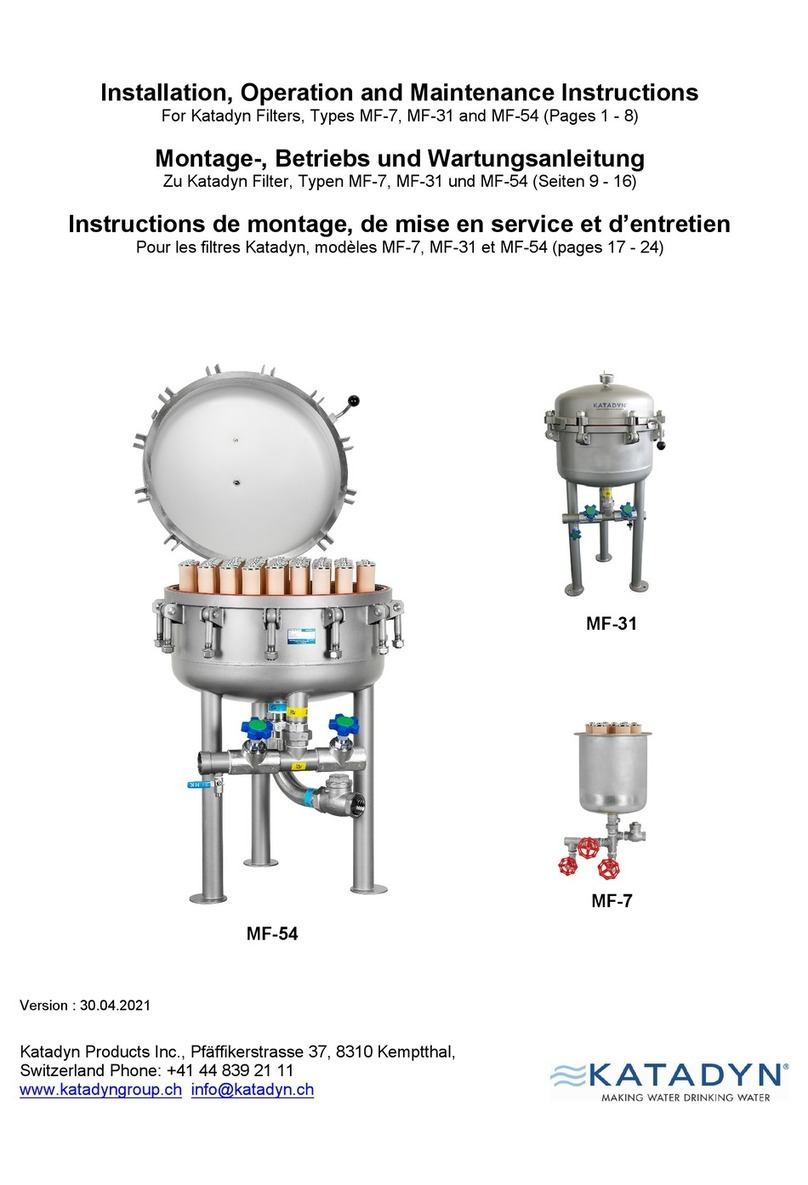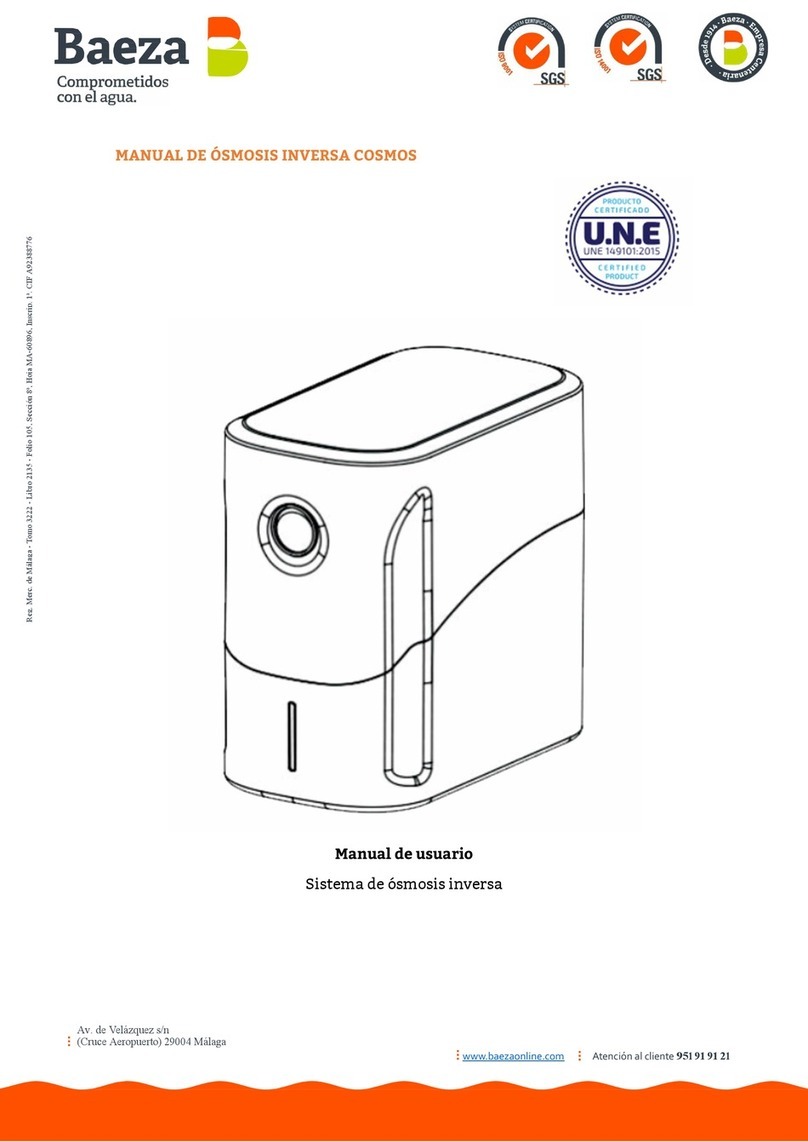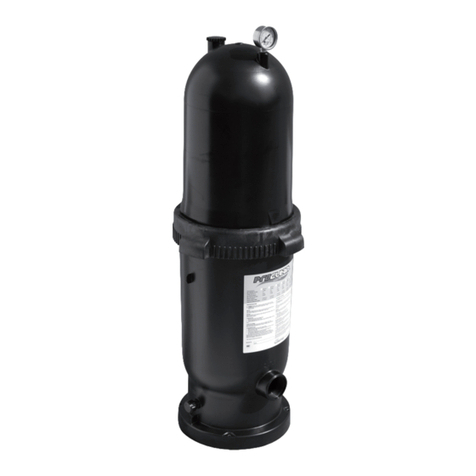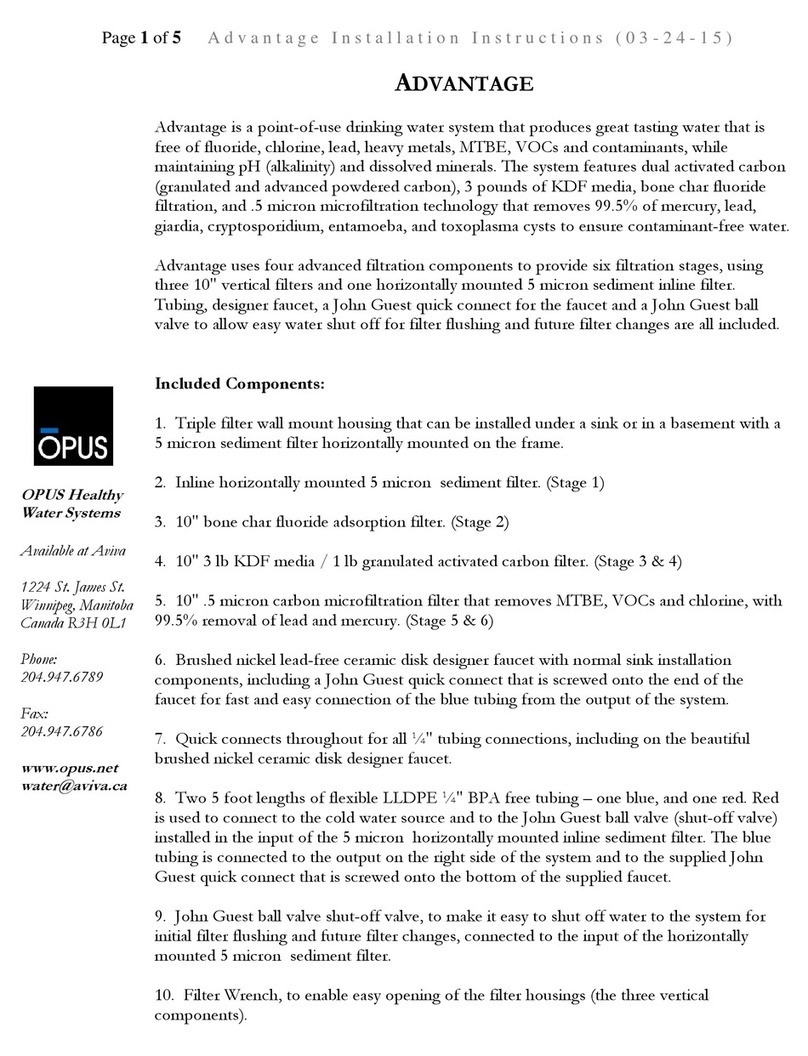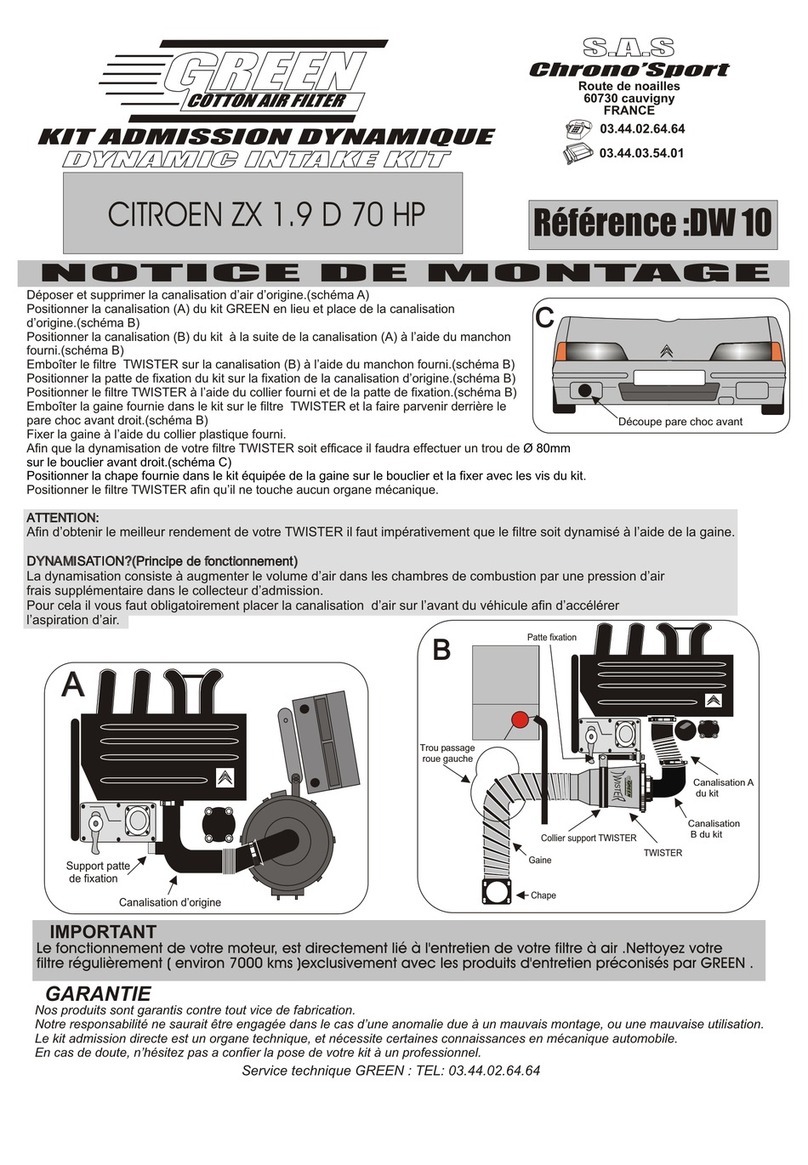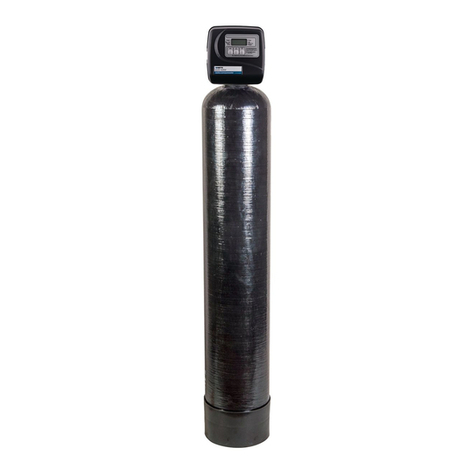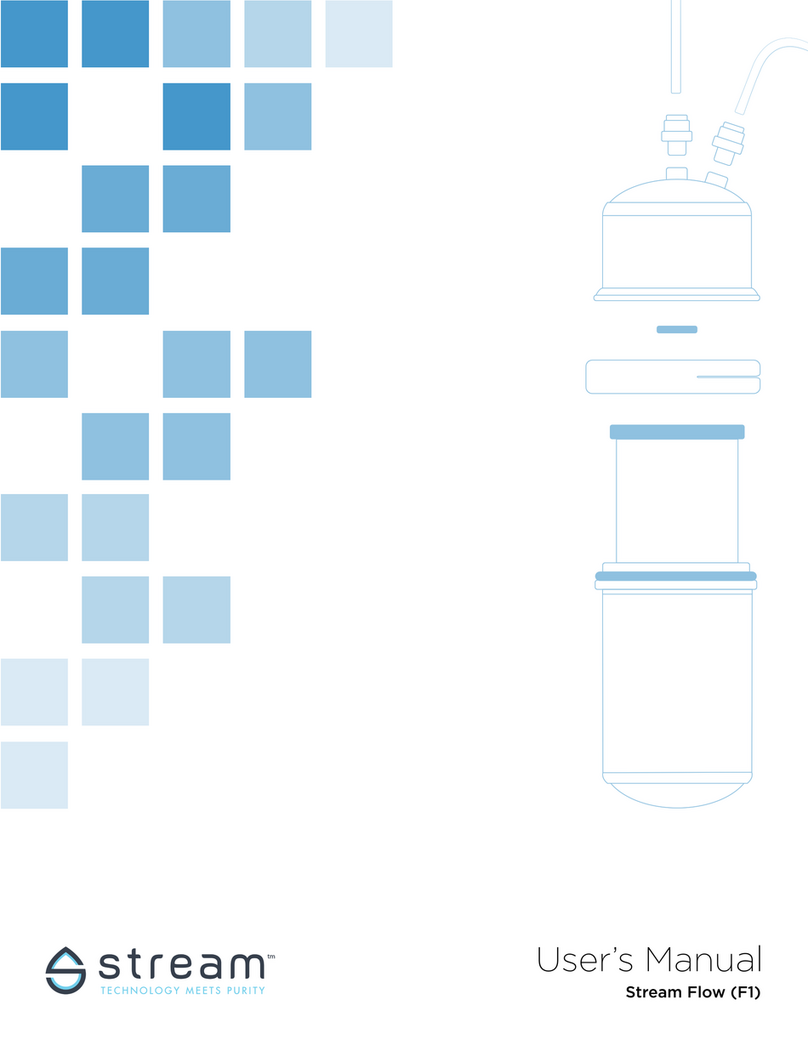Troubleshooting & FAQs
Why does the Stream System reduce
volatile organic chemicals, but not
natural minerals?
You should replace your filter annually or
when the capacity is reached, whichever
occurs first (for rated capacity see Section
I.A).
When should I replace my filter cartridge? Filter life will vary depending on the
amount of water used and the amount of
impurities in the water.
You can order replacement filters from
your local water treatment dealer.
Where do I get a replacement filter? N/A
No.
Will low pH or acidic water affect the
Stream filter?
Mineral components expressed as
acidity and alkalinity determines the pH.
Neutrality is 7; below 7 is acidity;
and above 7 is alkalinity.
No.Does de-ionized water or soft water af-
fect Stream water?
N/A
No.
Can the Stream Nano System be connect-
ed to an automatic ice maker?
This unit cannot be connected to
an ice maker.
Question Answer Comments
Yes, you can hand pump or siphon water
through the Stream System during an
emergency. But remember, the Stream
System isn’t meant to be used where the
water is microbiologically unsafe or with
water of unknown quality.
Can the Stream Nano System be used
during an emergency or when the water is
turned off?
If your water source may be contaminated,
it should be disinfected before use.
Add 1/4 tsp of household bleach per
gallon of water; the Stream System
will remove this solution from the water.
Hand pump kits are available from Stream.
When water is frozen, the natural
minerals solidify and they can appear as
white flakes or specks when the ice melts.
What causes “white” particles to ap-
pear in Stream water when it is frozen or
boiled?
Natural minerals are good for you in
normal quantities, and so when you see
them in your drinking water, don’t be
alarmed.
Minerals are totally dissolved in the solution
and do not have an actual physical size, and
so the minerals pass through the filter
unchanged.
The materials used in Stream Drinking
Water Systems are specially designed to
react with chemicals in the water, but not
with natural minerals that are actually good
for you.
If you are in an area with excessive
sedimentation in the water, pre-filtering
can help extend the life and efficiency of
your Stream cartridge, but in most areas
this is not necessary.
Should I remove sediment with a standard
filter before using Stream?
The Stream System contains a triple
filter. The outside material is a pre-filter
that helps protect the solid carbon block
surface from clogging with large sediment.
Stream’s solid carbon block filters are
compacted into a dense structure so that
every molecule of water will be forced
through tiny pores of carbon. This reduces
a wide range of hazardous contaminants,
as well as tastes and odors, not typically
removed by loose granular systems.
Why is the compressed activated carbon
block filtration system more efficient than
loose granular systems?
The Water Quality Association reports
that “an activated carbon filter can reduce
organics and solid particles, as well as
offensive tastes and odors. Only pre-coat
and solid carbon block filters are designed
to provide 0.5 micron mechanical filtration
with efficient adsorption on very fine sized
activated carbon particles.”
A. Troubleshooting & FAQs
16 Troubleshooting & FAQs
08
Sec.




















